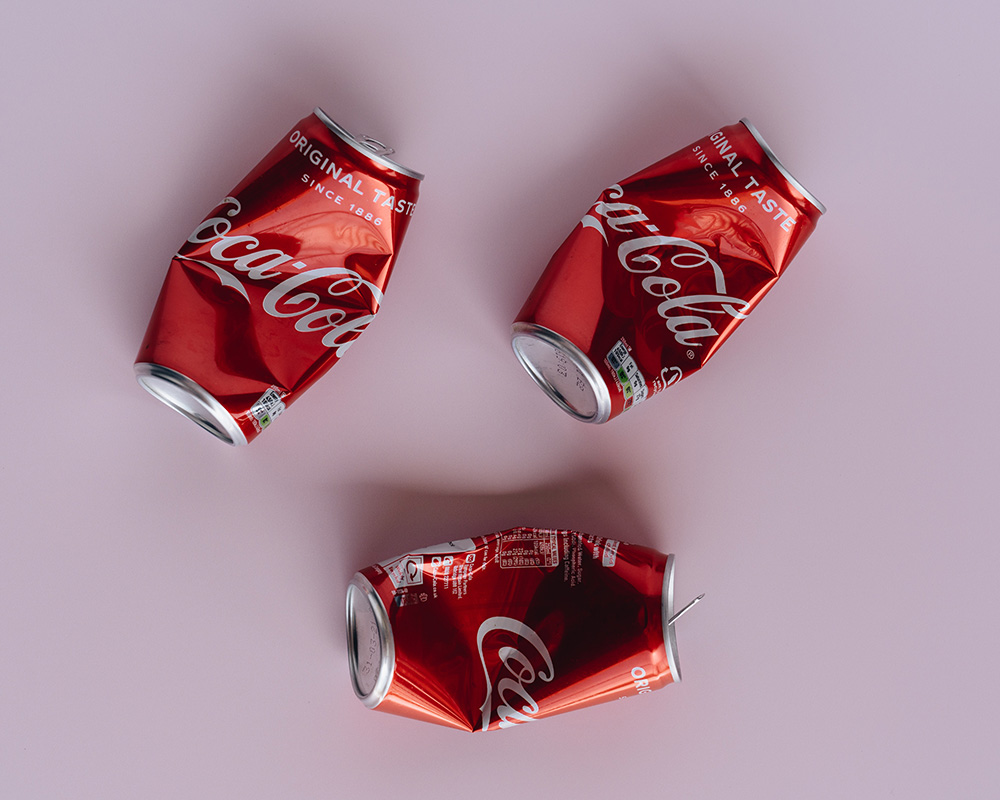Thermosets
Thermosetting polymers, often called thermosets, have been around for more than 50 years and are one of the most successful plastics families. Thermosets are a type of plastic formed by permanently hardening a soft solid or liquid prepolymer (resin) through a process called curing. Curing is initiated by heat, radiation, high pressure, or the addition of a catalyst.
Unlike thermoplastics that can be melted and reshaped, thermosets undergo irreversible chemical reactions during curing, creating strong cross-linkages between polymer chains. This results in an infusible and insoluble network structure.
Properties of thermosets
The initial material for thermosets is usually malleable or liquid before curing and is often designed for moulding into specific shapes. Once cured, however, thermosets cannot be remelted or reshaped. Their resistance to heat and chemical degradation is attributed to the covalent bonds formed during cross-linking. Higher cross-link density increases strength and resistance but can make the material more brittle.
Different types of thermosets are created through various curing mechanisms:
- Acrylic, polyester, and vinyl ester resins are linked through copolymerization with unsaturated monomers initiated by radiation or radical initiators.
- Epoxy resins can be polymerized using anionic or cationic catalysts, forming highly branched cross-linked structures.
- Polyurethanes are formed by combining isocyanate resins with polyols, with varying cross-linking and properties.
- Phenolic, amino, and furan resins undergo polycondensation with the release of heat and water.
How thermosets are used
Thermosets find use in diverse applications due to their strength and high-temperature resistance.

They are often used in the automotive, construction, electronics, and aerospace industries. They can be used as adhesives, coatings, insulators, protective coatings, and even in 3D printing. Additionally, thermosets can be combined with fibres to create fibre-reinforced polymer composites for structural and protective purposes.

In the home, you’ll find them in soft-drinks cans and special packaging, where they are used as a lining to protect the contents and retain flavour.

They are frequently used as a protective coating on everything from beds, garden chairs, and office and hospital furniture to supermarket trolleys and bicycles. They are also used in special paints to protect the surfaces of ships, oil rigs and wind turbines from bad weather.